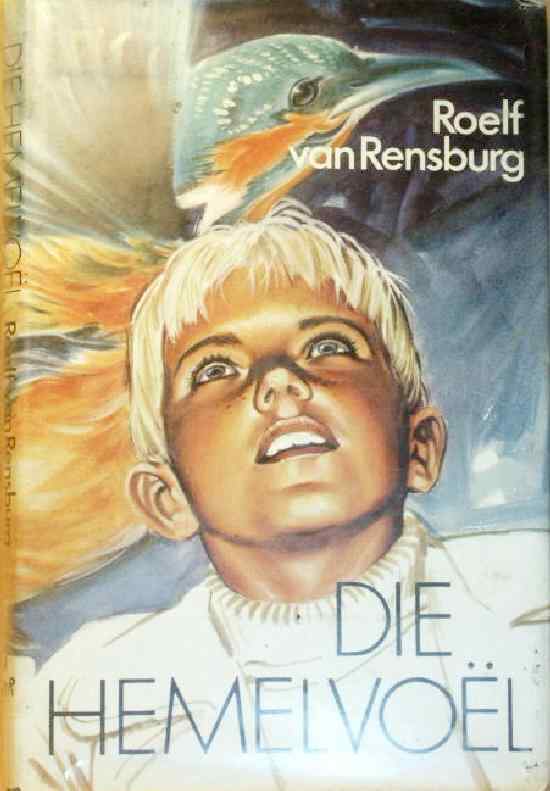
Figure 1.--This cover is from from an Afrikaans book--Die HemelvoŽl. The title translates as "A Bird from Heaven" by Roelf van Rensburg. I am not sure just when it was published or who the cover artist was.

HBC at this time still has only limited information on South African children's literature. We believe that at the turn of the 20th centuy it was primarily imported British books and publications. We are not sure what the Afrikaans children read. The Afrikaan community was extremely hurt by the Boer War. Gradually the Afrikaans coounity recovered. South Africa after World War II had the strongest and most diverse economy in Africa. This included a publishing industry which produced both English and Afrikaans language books. We do not yet any details on the children's books published. A HBC reader from South Africa has provided a cover from an Afrikaans book--Die HemelvoŽl. The title translates as "A Bird from Heaven" by Roelf van Rensburg. I am not sure just when it was published or who the cover artist was. We have no information on this book except for the cover illustration. Nor do yet have any information on othrr South African publications. The South African reader writes, "The sense of wonderment captured on the boy's tanned face is inspiring." We suspect that most children's books published in South Africa through the 1980s were about white children. Presumably there have been changes in South African children's publication since the fall of Apartheid in 1992(?). We do not yet have any information on these changes.
HBC at this time still has only limited information on South African children's literature. Hopefully our South African readers will provide us some information.
We believe that at the turn of the 20th centuy it was primarily imported British books and publications. We are not sure what the Afrikaans children read. The Afrikaan community was extremely hurt by the Boer War (1899-1902). Gradually the Afrikaans coounity recovered. South Africa after World War II had the strongest and most diverse economy in Africa. This included a publishing industry which produced both English and Afrikaans language books. We do not yet any details on the children's books published.
At this time all we know about South African children's literature are a few books. We know of no monthy publications or annuals as in Britain. We know that there were many fiction boos published. A HBC reader from South Africa has provided a cover from an Afrikaans book--Die HemelvoŽl. The title translates as "A Bird from Heaven" by Roelf van Rensburg. I am not sure just when it was published or who the cover artist was. We have no information on this book except for the cover illustration. We know very little about South African non-fictuin We have little information on other South African publications or series of books. We do note some fiction stories published as series by an Afrikaans Christian publishing company to illustrate life skills and good values. A South African reader has provided us some information on what seems to have been a distinctly South Africa genre--photo comic books. We are unsure as to why this format appeared in South Africa.
A Dutch reader tells us, "I once bought a children's book by Roelf van Rensburg in the Afrikaans language. The book by van Rensburg is a collection of Fairy Tales: Aardvark, Aspoestertjie (Cinderella), Doringrosie (Sleeping Beauty), Rooikappie (Little Red Ridinghood), Sneewitjie en die 7 kaboutermannetjies (Snowwhite & the 7 dwarfs), and Gouelokkies en die drie bere (Goldilocks and the 3 bears)." Notably these are all fairy tales of European origins. There is no attempt to draw on the rich tradition of African folk tales.
South Africans speak a great diversity of languages. The two principal European languages are English and Afrikaans. The latter language is easy to understand by Dutch people. According to a Dutch reader, " Afrikaans tickles one's funny bone, because it seems such a primitive, child-like language, derived from 16th century Dutch, enriched with some native African and Malayan words. But they always make up new words that make a lot of sense, like refrigerator = ijskassie (ice box) , automobile = wa (from the word wagon), etc." HBC of course has a Dutch glossary, but not one on Afrikaans for clothing related terms. We suspect that the clothing terms are quite similar. A South African reader tells us, "Afrikaans literature
is very much alive, vigorous and pursued with great enthusiasm." Both English and Afrikaans continue to be spoken in South Africa, but the black majority strongly prefers English, in part because most associate Afrikanns with Apartheid. There are a much larger number of idigenous African languages. The two most important are Xhosa and Zulu.
HBC has no information on South African illustrators. The South African reader writes, "The sense of wonderment captured on the boy's tanned face is inspiring."
HBC suspects that most children's books published in South Africa through the 1980s were about white children. Presumably there have been changes in South African children's publication since the fall of Apartheid in 1992(?).
We do not yet have any information on these changes. A reader wries, "I am sure that there also are children's books in Xhosa, Zulu and other indigenous tongues in South Africa, but I have never seen any. I won't be surprised if some of them are being published by Christian missionaries (children's Bibles)."
A South African reader tells us that the Rand Afrikaans University (RAU) ought to be an excellent source of critical and academic literature of childrens' books. They should be easy to find on the net. This is a source that HBC intends to persue.
Navigate the HBC literary pages' Historical Clothing Web Site:
[Return to the Main children's country literary page]
[Return to the Main literary page]
[Return to the Main South African page]
[Introduction]
[Activities]
[Biographies]
[Chronology]
[Clothing styles]
[Countries]
[Bibliographies]
[Contributions]
[FAQs]
[Dutch glossary]
[Satellite sites]
[Tools]
[Boys' Clothing Home]
